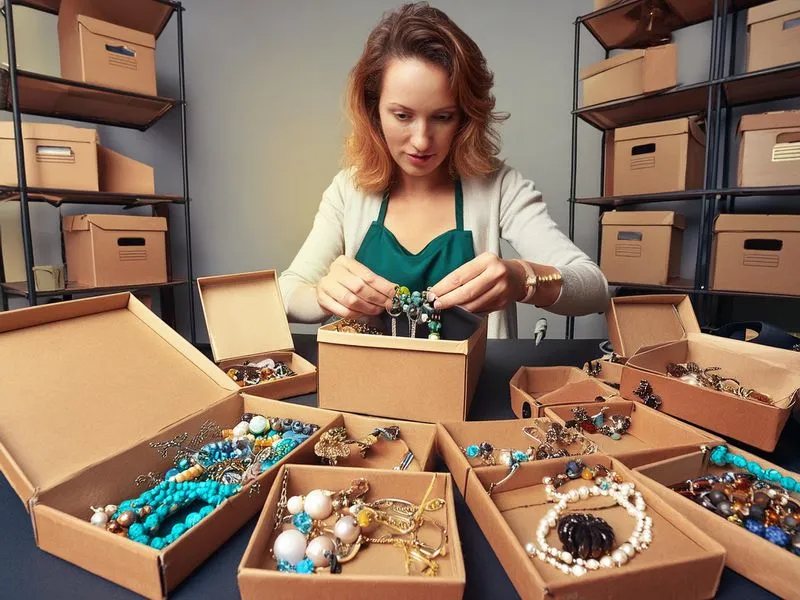A business owner's guide to creating custom packaging for their products.
Custom packaging enables businesses to make their products visually appealing, relay vital information, and connect with their target audience. If you want to stand out in today's competitive marketplace, you'll need the best custom packaging for your brand.
This guide will show you everything you need to know to get started.
What Is Custom Packaging?
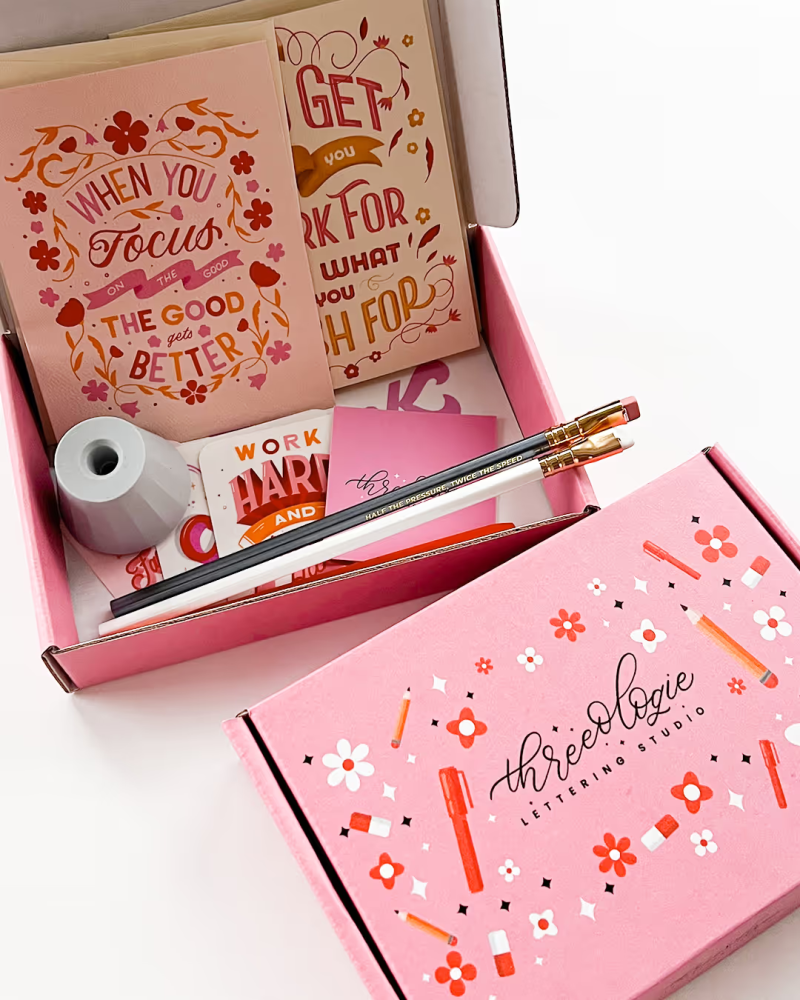

Custom packaging refers to unique containers or wrappers for your products. It allows you to design specific packaging that fits your product's size, shape, and style.
You can make packaging from different raw materials like cardboard, plastic, or paper. There are also different styles from mailer boxes to pouches and bags. They often include a company's business name and logo alongside other key details.
The Importance of Custom Packaging for Small Business
Why is custom packaging important?
A well-designed package can make your products look more valuable and memorable. It also helps build your brand and makes your business look more professional. People love getting something that feels special and custom packaging does just that.
Having unique packaging allows you to differentiate yourself from competitors as well. You can draw more attention to yourself and potentially land your products in everyone's shopping carts.
Then there's the practical side of custom packaging. They keep products safe on store shelves. And they're able to keep them secure if you were to ship them to customers — meaning products arrive in the same condition as when you shipped them. That will save you from dealing with customer returns and refunds.
Also See: 5 Advantages of Customized Packaging
Best Custom Packaging for Small Business
What makes the best custom mailer boxes (or any other type of packaging) for a small business? Let's try to break it down.
Cost is a huge factor. There are printing companies that offer high-quality packaging at reasonable prices. Small businesses often ship in low quantities. You'll want to find a provider offering low minimum order quantities — even better if there are none. This will allow you to order only as many as you need. However, keep in mind that you'll save more in the long run if you order in bulk.
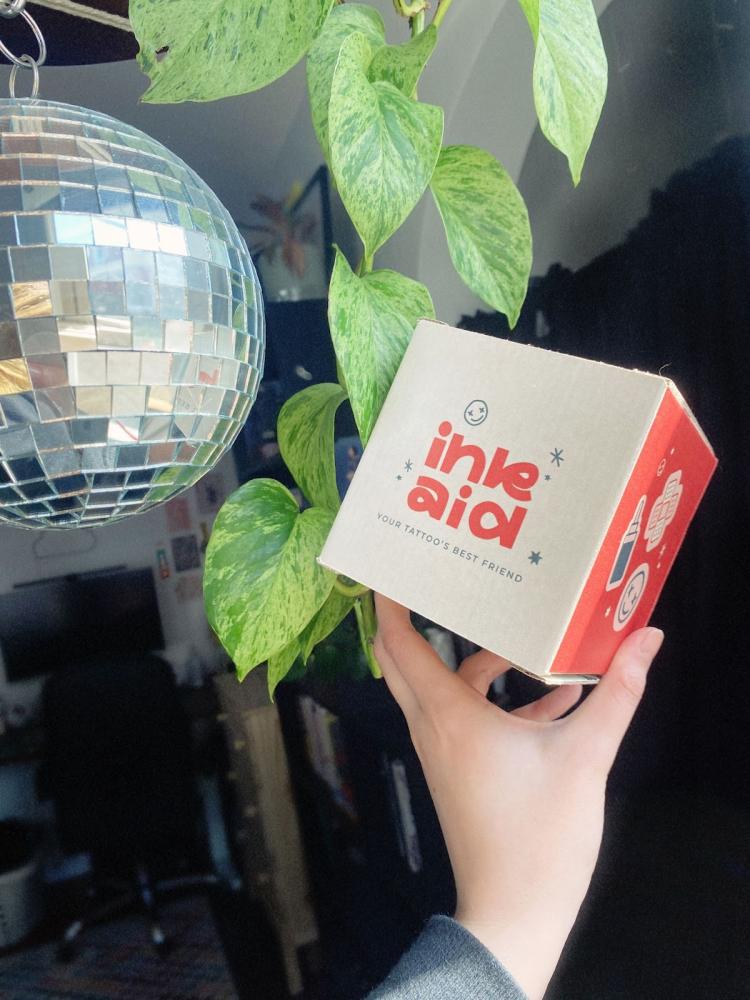

As a business owner, you'll want to consider sustainable packaging. There are packaging materials made from biodegradable materials. Not only are these great for the environment, but you'll also make it easier for customers to recycle your packaging.
The best custom boxes are durable. They should provide enough product protection so orders arrive in perfect condition. Using the right-sized packaging paired with the appropriate filler material (if needed) should do the trick.
Is Custom Packaging Worth It?
Absolutely. Custom packaging is worth investing in because of all its benefits. It increases product visibility, improves brand messaging, and offers better protection. If you're a small business owner, using your own design helps you stand out from competitors.
Having custom packaging also leads to better customer experience and faster name recall.
How Can You Design Your Own Packaging?
Have you ever been captivated by a product's packaging? The best custom boxes can turn a simple purchase into a memorable experience.
In this section, we'll dive into the world of packaging design and explore the elements that make a package truly stand out. From aesthetics to functionality, we'll uncover the secrets of creating packaging that not only protects your product but also enhances your brand.
So, let's unpack the art and science of packaging design and discover what makes a good package great.
What Makes a Good Packaging Design?
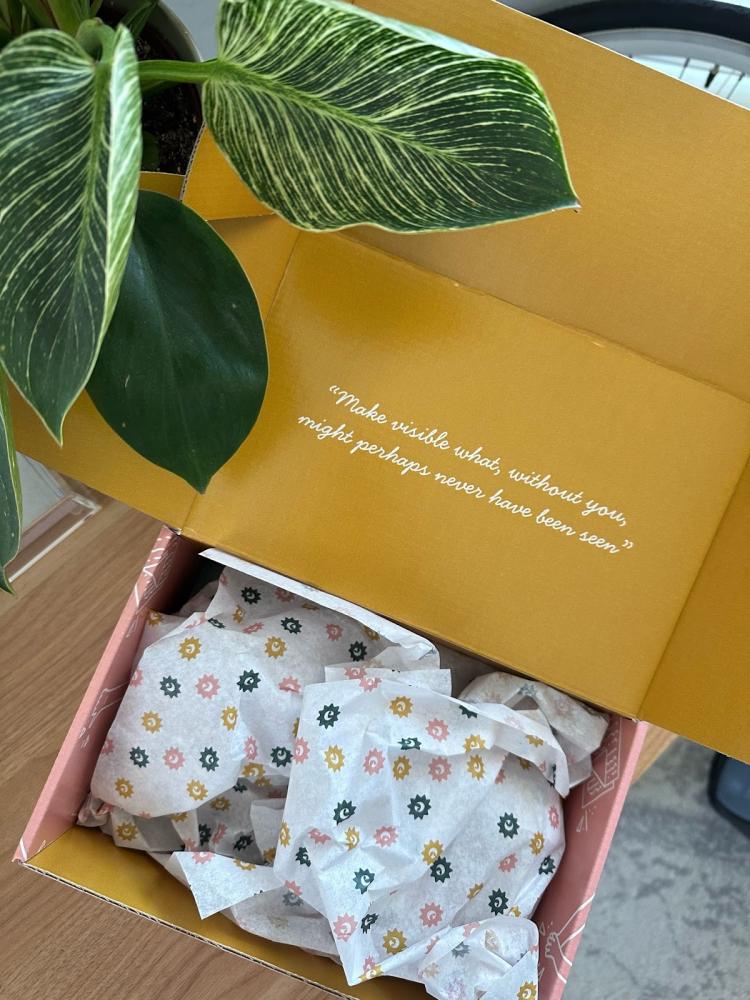

To create the best custom boxes, you'll want to take the following into consideration.
Aesthetics
- Visual Appeal — The design should be visually pleasing and align with your brand's aesthetic.
- Color Palette — Choose colors that evoke the right emotions and complement your brand.
- Typography — Use fonts that are legible, consistent, and reflect your brand's personality.
Functionality
- Protection — The packaging should adequately protect your product during shipping and handling.
- Ease of Use — The design should be user-friendly, allowing customers to easily open and access the product.
- Informative — Include necessary product information such as ingredients, instructions, and warnings.
Brand Identity
- Consistency — Ensure the packaging aligns with your brand's overall messaging and values.
- Uniqueness — Create a distinctive design that sets your product apart from competitors.
- Memorability — Design packaging that is memorable and leaves a lasting impression.
Customer Experience
- Unboxing Delight — Create an exciting unboxing experience that makes customers feel valued.
- Emotional Connection — Use packaging to evoke positive emotions and build a connection with your customers.
- Sustainability — Consider using eco-friendly materials and minimizing waste.
Understand Your Product
When designing packaging, it's essential to have a thorough understanding of your product.
Let's start with weight and dimensions. You'll want to measure your product's length, width, and height to know what packaging size you need. Don't forget to leave space for packaging fillers if you're using any. The weight matters too as some types of packaging are better suited for heavier items.
We have a guide on how to measure a box for shipping if you need more information.
How fragile are your products? Glass, ceramics, and other fragile materials are prone to scratches and damage. You'll want to use appropriate packaging and fillers. For example, wine retailers should use display gift boxes, bottle carriers, or wine bottle shippers.
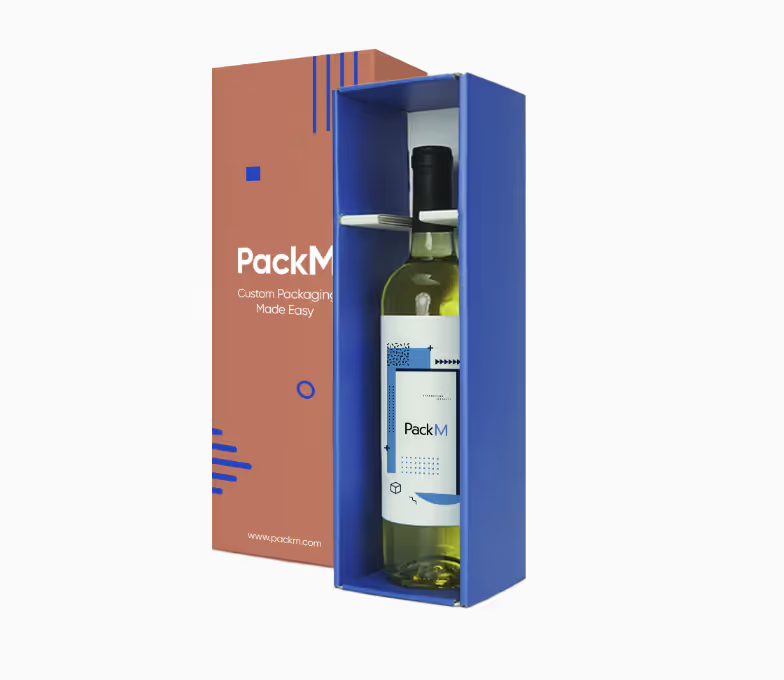

Wine Display Gift Box
How many products will you fit inside your packaging? If there are multiple products inside your box, you'll want to make sure they all fit securely.
Also, make sure you factor in product packaging requirements. Check labeling requirements in your area. You'll want to adhere to industry standards.
How Will You Use Your Product
Understanding your product's usage is crucial for effective packaging design. Below are some factors you must consider to create the best custom packaging for your business.
Protection and Preservation
- Shipping and Handling — If your product will be shipped frequently, the packaging must withstand the rigors of transportation.
- Storage — The packaging should protect your products when in storage.
- Display — If the product will be displayed in stores, the packaging should be visually appealing and easy to handle.
Functionality and Convenience
- Accessibility — The packaging should be easy to open and close, especially for customers who may have limited mobility.
- Usage — If the product requires specific instructions or tools, the packaging should provide clear guidance.
- Resealability — If the products are meant to be reused or stored after opening, customers should be able to reseal them with ease.
Brand Experience
- Unboxing — The packaging can create a memorable unboxing experience to enhance your customers' perception of the product and brand.
- Customer Engagement — The packaging can be designed to encourage interaction and engagement.
Marketing and Sales
- Point of Sale — The packaging can be used as a marketing tool, highlighting key features, benefits, and promotions.
- Display — The packaging should be visually appealing and stand out on store shelves.
How Can You Make Your Packaging Unique?
Unique packaging offers several benefits. It helps your product stand out from competitors on shelves and online, creates a memorable and positive experience for customers, and it increases perceived value.
Remember: Your packaging serves as a marketing tool. It's more likely to be shared on social media. Plus, it fosters customer loyalty. By making your packaging unique, you can enhance your brand's image, strengthen your connection with customers, and ultimately drive sales.
There are several ways you can customize your packaging to make them unique. For instance, you can include personalized messages thanking customers for their purchases. Having unique designs or distinct color combinations is another.
Alternatively, you can stick with a minimalist design if your competitors have loud designs. You should also consider using your packaging to tell your brand story. Use striking visuals to evoke the right emotions.
The use of limited-edition packaging can create a sense of urgency and exclusivity.
How to Make Packaging: Step-by-Step Instructions
Now that you've mastered the art of measuring your product for packaging, let's dive into the practical steps of creating custom packaging.
From selecting materials to designing your artwork, this guide will walk you through the entire process, ensuring you end up with packaging that not only protects your product but also showcases your brand in style.
Find the Right Type of Packaging
When choosing a packaging material, consider factors like:
- Product Protection — Does the material provide adequate protection for your product?
- Brand Image — Does the material align with your brand's aesthetic and values?
- Cost — What is your budget for packaging?
- Sustainability — Are you interested in using eco-friendly materials?
- Regulations — Are there any industry-specific regulations or requirements for your product's packaging?
Here are some of the most popular packaging material options.
Mailer Boxes
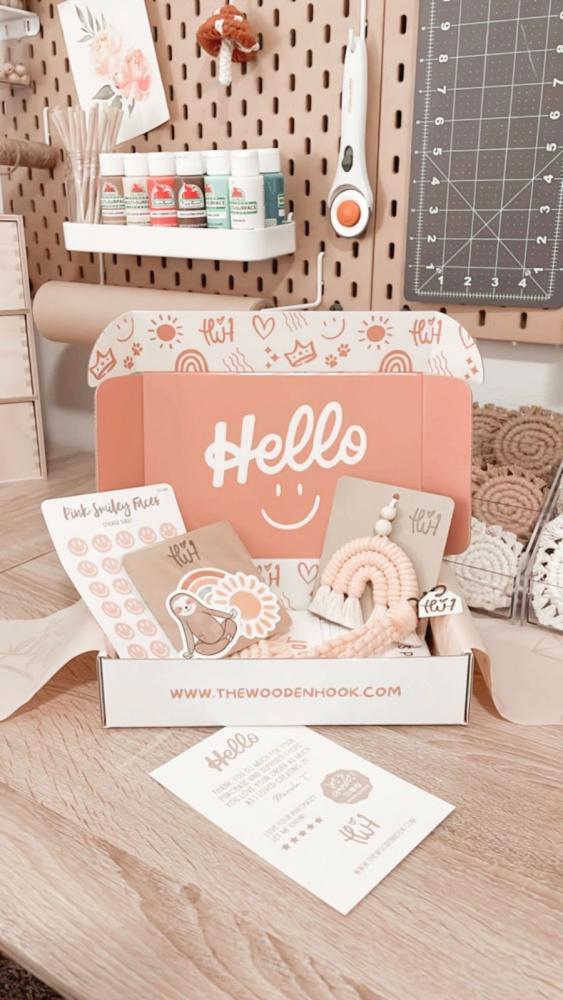

Mailer boxes are a versatile and practical packaging solution for businesses of all sizes. They are ideal for shipping smaller items, offering affordability, convenience, and a professional appearance.
They are designed to protect products during shipping and can be customized with your brand's logo and colors, providing a branded experience for your customers.
Mailer boxes offer a convenient and effective packaging option, whether you're shipping clothing, books, or small electronics.
Shipping Boxes
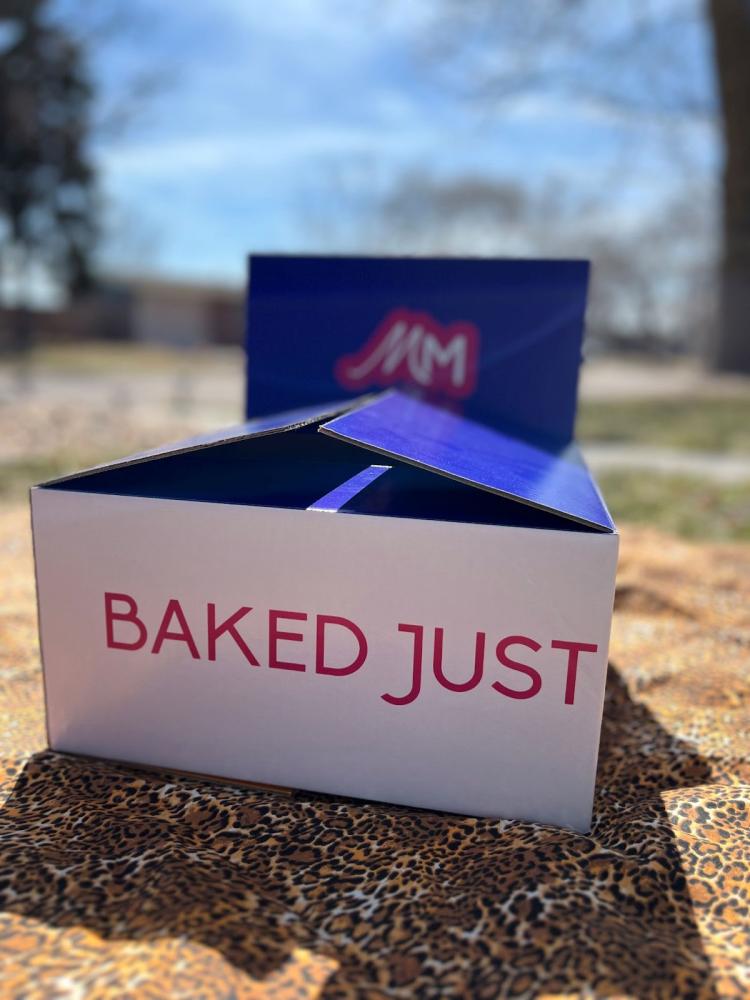

Shipping boxes are a popular choice for businesses that need to transport larger or heavier items. They offer excellent protection, versatility, durability, and customization options. When selecting shipping boxes, consider factors like product size, shipping regulations, brand image, and sustainability.
By carefully choosing the right shipping boxes, you can ensure that your products are transported safely and efficiently.
Product Boxes
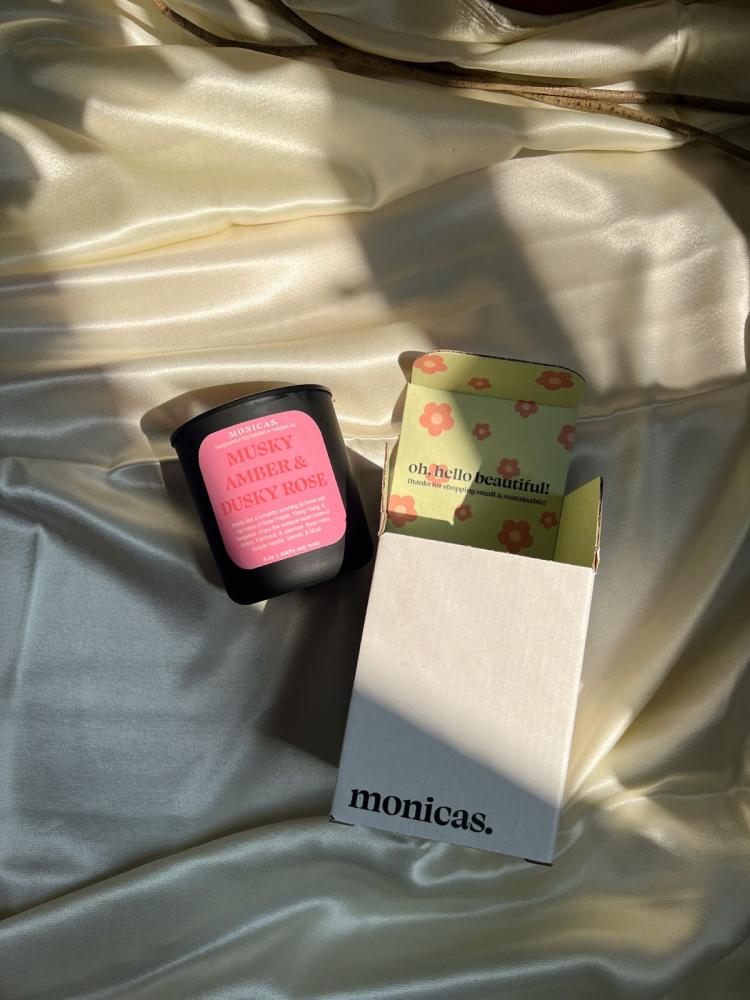

Product boxes (or folding cartons) are a versatile and essential packaging option for a wide range of products. They offer excellent protection, customization options, and can be used for retail displays.
Product boxes help protect products during shipping, handling, and storage. They come in a variety of sizes, shapes, and materials, making them suitable for packaging almost any type of product.
Pouches
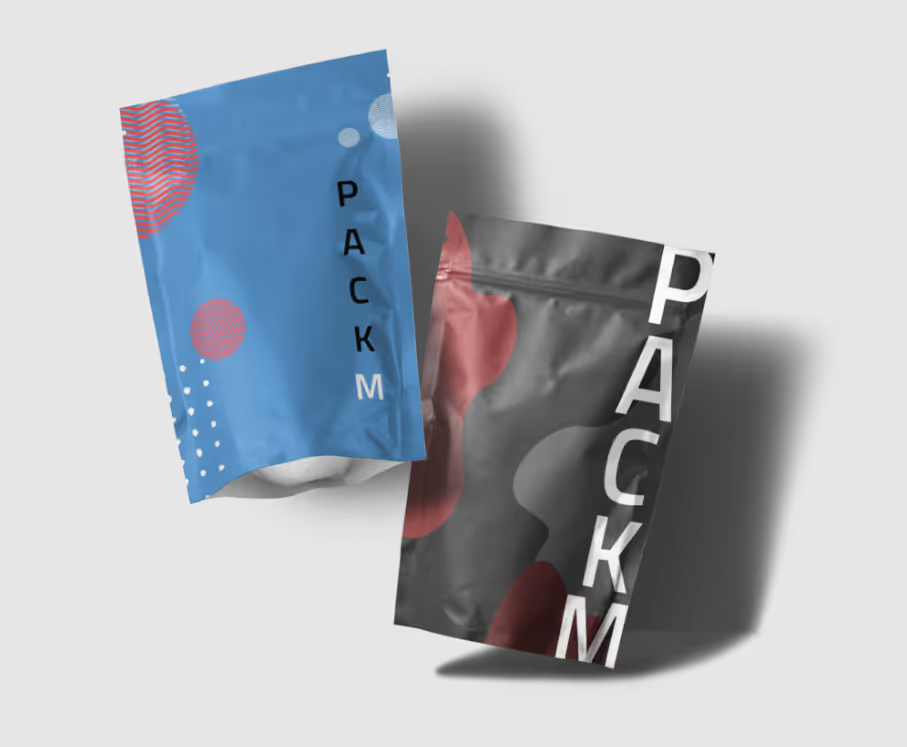

Pouches are a versatile and convenient packaging option for a wide range of products. They are lightweight, flexible, and often more affordable than other packaging options. Pouches can be easily customized with your brand's logo and colors, creating a branded appearance.
Many pouches are resealable, allowing customers to easily open and close the package. When choosing pouches, consider factors such as product type, brand image, sustainability, and functionality.
Poly Mailers
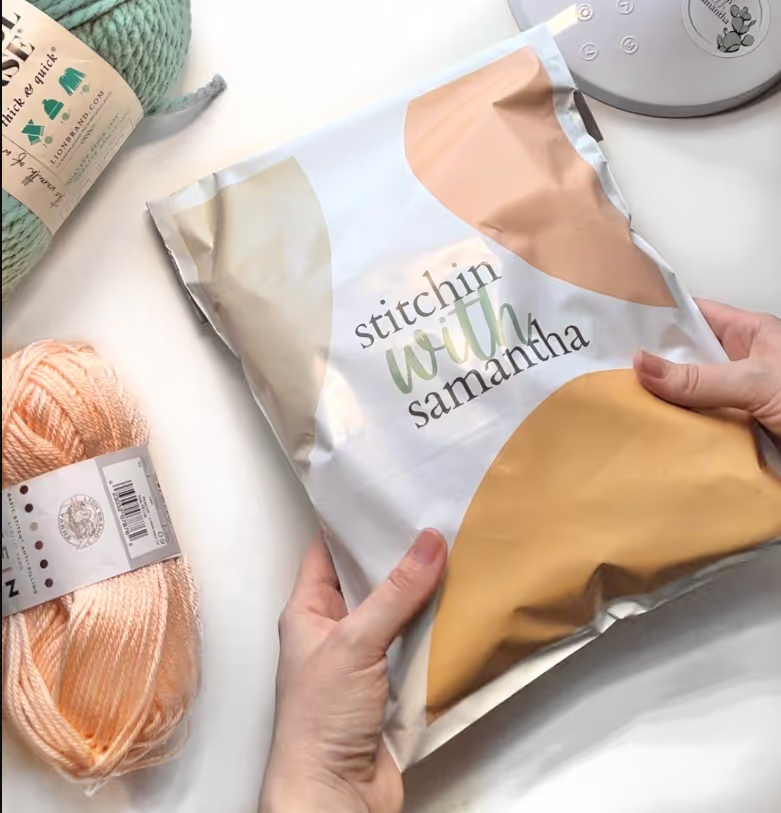

Poly mailers are a popular and convenient packaging option for shipping smaller items. They are made from a flexible plastic material, making them lightweight and easy to use. Poly mailers are durable and water-resistant.
They're also cost-effective, making them a popular choice for businesses of all sizes. Poly mailers come in a variety of sizes and can be used to ship a wide range of products. Most come with a self-sealing strip, making them easy to close and preventing your products from falling out.
Also See: Choosing Packaging Materials
Create Your Packaging Design
Great packaging design grabs the attention of your target market, convinces them to buy your product, and creates a positive brand experience.
Here are some key factors to consider when designing your packaging:
- Target Market — Who are you trying to reach with your product? Your packaging design should appeal to their tastes and preferences. Consider things like age, gender, interests, and lifestyle.
- Grab Attention — Your packaging should stand out on the crowded shelves. Use bold colors, interesting shapes, and eye-catching graphics to make your product pop.
- Unboxing Experience — Think about the experience you want customers to have when they open your product. Use high-quality materials, attractive inserts, and clear instructions to create a positive first impression.
- Point of Purchase — Consider where your product will be sold. If it will be sold online, your packaging needs to be sturdy enough to survive shipping. If it will be sold in stores, your packaging needs to be easy for customers to grab and carry.
- Sustainability — More and more consumers are concerned about the environment. Consider using recycled materials or packaging that can be easily reused or composted.
- Size and Shape — The size and shape of your packaging should be functional and appropriate for your product. It should also be easy to store and transport.
- Branding — Your packaging should be an extension of your brand. Use your brand colors, fonts, and logo to create a cohesive look and feel.
Work With a Printing Company
When it comes to creating packaging for your products, partnering with a reputable printing company can be a game-changer. Here are some essential things business owners should know and best practices to follow:
- Experience — Look for a company with a proven track record in packaging printing, especially in your industry.
- Capabilities — Ensure they have the equipment and expertise to handle your specific packaging needs.
- Quality — Request samples of their work to assess the quality of their printing and finishing.
- Customer Service — A responsive and helpful customer service team can make the process smoother and less stressful.
- Artwork Preparation — Find a printing company that's willing to help you with resolution, file formats, color modes, and other technical requirements for printing.
Also See: PackM New Design Assist Service
Conclusion
Custom packaging is an essential tool for businesses looking to make a lasting impression on their customers. By carefully considering factors like design, materials, and functionality, you can create packaging that not only protects your products but also enhances your brand's image and drives sales.
Remember, the best custom packaging is one that aligns with your brand's values, resonates with your target audience, and provides a positive customer experience. By investing in custom packaging, you're investing in the success of your business.
Related Posts

